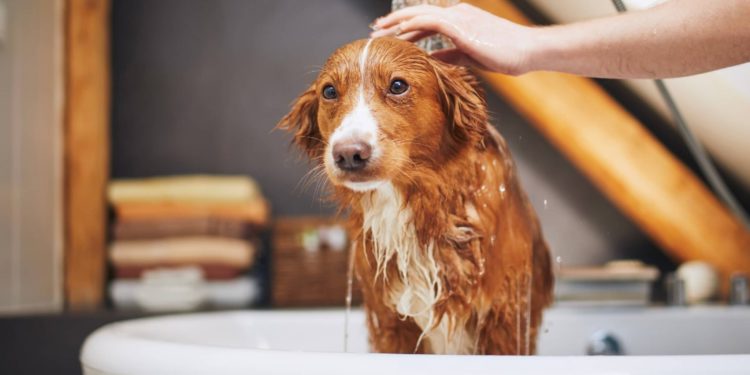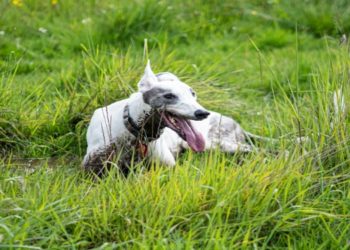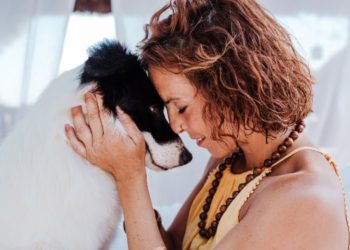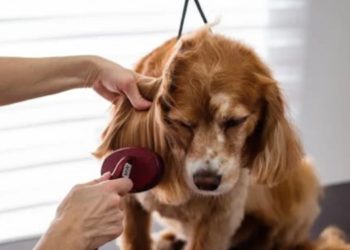When it comes to grooming your dog, the order of tasks like brushing and bathing can sometimes be a point of confusion. Both brushing and bathing are essential parts of maintaining your dog’s hygiene and coat health. Understanding the right sequence can ensure your furry friend stays clean and comfortable.
Importance of Brushing
Brushing your dog regularly offers more benefits than just keeping their coat tidy. It helps to:
- Remove Loose Hair: Regular brushing reduces shedding by removing loose fur before it ends up on your furniture or clothes.
- Distribute Natural Oils: Brushing helps distribute natural oils throughout your dog’s coat, which keeps their skin moisturized and their fur shiny.
- Check for Skin Issues: It allows you to inspect your dog’s skin for any abnormalities like ticks, fleas, or dry patches early on.
Choosing the right tools, such as quality dog brushes suited for your pet’s fur type, is crucial. Tools like slicker brushes for long-haired breeds or bristle brushes for short-haired dogs can make the grooming process effective and comfortable.
The Role of Bathing
Bathing is another vital aspect of dog grooming, offering benefits such as:
- Removing Dirt and Odor: Bathing helps to remove dirt, debris, and unpleasant odors from your dog’s coat, keeping them fresh and clean.
- Skin Health: It can help maintain your dog’s skin health by washing away allergens and irritants.
Using the best shampoo for dogs is essential to ensure your pet’s skin and coat stay healthy. Look for shampoos formulated for dogs that consider factors like skin sensitivities, coat type, and specific conditions like allergies or dry skin. Ingredients like oatmeal or aloe vera can be soothing for sensitive skin, while hypoallergenic formulas minimize reactions.
The Ideal Sequence
Now, the question arises, which should come first, brushing or bathing? The answer largely depends on your dog’s specific needs and the condition of their coat:
- Before Bathing: Brushing before a bath is generally recommended, especially for dogs with long or thick coats. This helps to remove tangles and mats that could become worse if wet during bathing.
- After Bathing: After the bath, a quick brush through helps to prevent tangling as the coat dries and ensures a smooth finish.
For short-haired breeds or those with minimal shedding, brushing before or after bathing may not make a significant difference. In such cases, the sequence can be adjusted based on your convenience.
Tips for Effective Grooming
To make grooming sessions pleasant and effective for both you and your dog, consider these tips:
- Regular Schedule: Establish a regular grooming schedule that includes brushing and bathing to maintain consistency.
- Positive Reinforcement: Use treats and praise to reinforce good behavior during grooming, making it a positive experience for your dog.
- Professional Help: If you’re unsure about grooming techniques or need specialized care, consult a professional groomer who can provide expert advice and services.
Conclusion
In the debate of brushing vs. bathing, the sequence matters less than the consistency and quality of care you provide. Both brushing and bathing play critical roles in keeping your dog healthy and comfortable. By using the best shampoo for dogs and selecting appropriate dog brushes, you can ensure that grooming sessions are effective and enjoyable for your furry companion. Whether you brush first or bathe first, what matters most is that you establish a routine that keeps your dog’s coat clean, shiny, and free from tangles.













































































